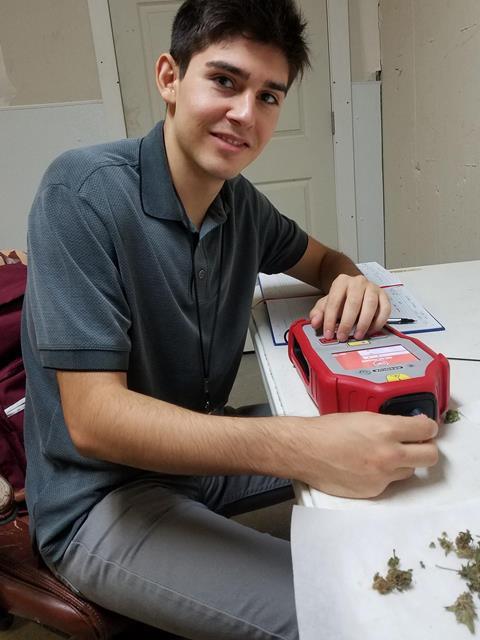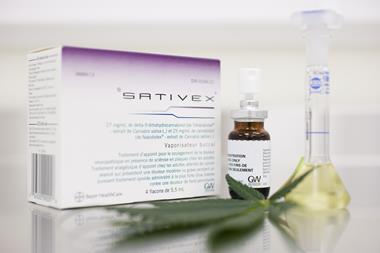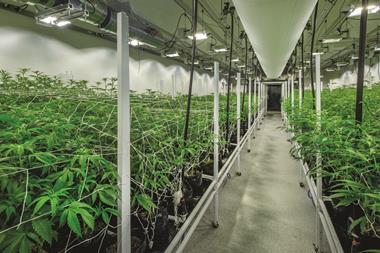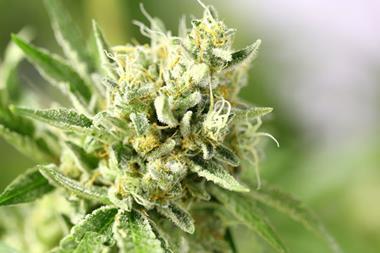Raman device that measures levels of tetrahydrocannabinol could be a useful tool for police and customs agents
Scientists in the US have found a new use for their handheld Raman spectrometer: it can determine whether a sample should legally be classified as cannabis. In the US, hemp can contain up to 0.3% tetrahydrocannabinol (THC) but above that concentration, it is considered cannabis. The device produces a chemical fingerprint that clearly indicates how much THC it contains.

Raman spectroscopy provides information about the chemical composition of a sample without damaging it. Raman spectrometers work by shining laser light onto samples and measuring the wavelengths and intensity of the light that is scattered back. When plotted, this information gives a unique fingerprint for the substance, which can be compared to the fingerprints for known chemicals to determine what is in the sample and how much there is of it.
Lee Sanchez and colleagues at Texas A&M University used a small, portable Raman spectrometer to test samples known to be hemp and samples known to be cannabis. In the fingerprints for each, they could see different THC levels between hemp and cannabis samples. These differences allowed them to correctly identify unknown samples 100% of the time.
Current tests for cannabis either require a sample be transported to a specialist or can detect the presence of THC but not the quantity. A Raman-based device could therefore allow police and customs agents to test samples on site, with high accuracy, reducing costly delays in waiting for specialist laboratory analysis.
References
This article is open access
L Sanchez et al, RSC Adv., 2020, 10, 3212 (DOI: 10.1039/c9ra08225e)












No comments yet